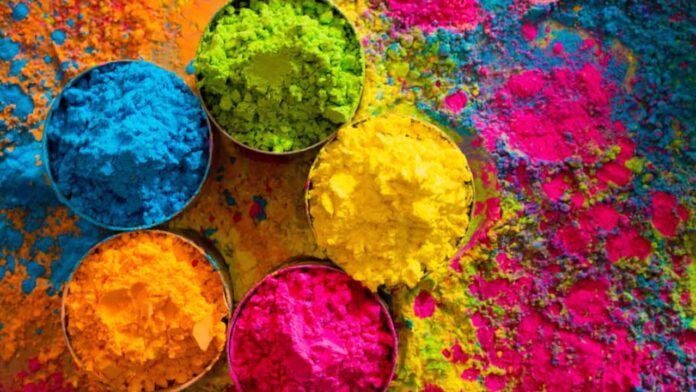The festival of Holi, renowned for its vibrant colors, is eagerly anticipated by enthusiasts who eagerly await to immerse themselves in its lively ambiance. Particularly beloved by children, the festivities often commence a week prior to the main event. While the playful splashes of colored water bring joy, the charm of the festival is dampened by the presence of chemical-based colors, which pose significant health risks. These risks range from skin irritations and eye problems to respiratory issues, all attributable to the harmful ingredients present in such colors.
Negative impacts of chemical-based Holi colors include:
- Skin Irritation and Allergies: Chemical colors can induce skin redness, itching, and a burning sensation, particularly affecting individuals with sensitive skin.
- Eye Irritation: Exposure to chemical colors may lead to eye irritation, redness, watering, and even temporary blindness if they come into contact with the eyes.
- Cancer Risk: Certain chemicals found in Holi colors, such as lead and chromium, are known carcinogens, increasing the likelihood of cancer with prolonged exposure.
- Respiratory Issues: Airborne particles from chemical colors during Holi celebrations can cause respiratory problems such as coughing, sneezing, and breathing difficulties, particularly impacting individuals with conditions like asthma. Pregnant women may experience heightened sensitivity.
- Toxicity: Many chemical-based colors contain toxic substances like lead, mercury, chromium, and ammonia, which can be absorbed through the skin, posing severe health risks, especially for pregnant women and their developing fetuses. Exposure to these toxins can result in developmental abnormalities and complications during pregnancy.

 हिंदी
हिंदी






